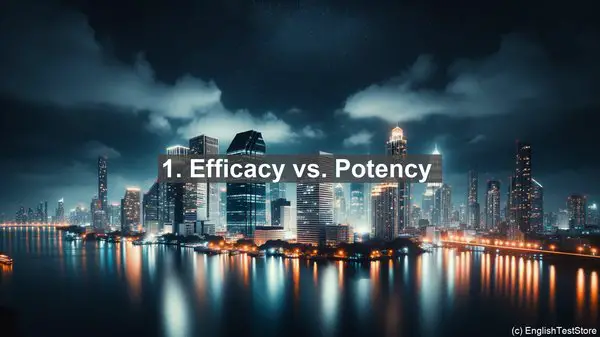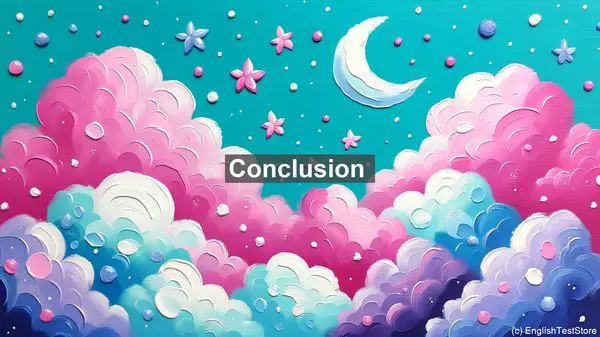Introduction
Welcome to today’s lesson on psychopharmacology. In this lesson, we’ll be focusing on the top 10 commonly confused words in this field. Understanding these terms is crucial for a comprehensive grasp of the subject. So, let’s dive right in!
1. Efficacy vs. Potency
One of the most common confusions in psychopharmacology is between efficacy and potency. While efficacy refers to the maximum therapeutic effect a drug can produce, potency relates to the dose required to achieve that effect. In simple terms, efficacy is about the drug’s effectiveness, while potency is about its strength.
2. Tolerance vs. Dependence
Tolerance and dependence are often used interchangeably, but they have distinct meanings. Tolerance refers to the reduced response to a drug over time, necessitating higher doses for the same effect. Dependence, on the other hand, involves the body’s adaptation to a drug, leading to withdrawal symptoms upon discontinuation.
3. Side Effect vs. Adverse Effect
Side effect and adverse effect are terms that describe the unintended consequences of a drug. However, there’s a subtle difference. Side effects are usually mild and expected, while adverse effects are more severe, potentially harmful, and unexpected.
4. Pharmacokinetics vs. Pharmacodynamics
Pharmacokinetics and pharmacodynamics are two fundamental aspects of drug action. Pharmacokinetics deals with how the body absorbs, distributes, metabolizes, and excretes a drug. Pharmacodynamics, on the other hand, focuses on the drug’s effects on the body and the underlying mechanisms.

5. Agonist vs. Antagonist
Agonists and antagonists are terms used to describe a drug’s action. An agonist activates a receptor, producing a response, while an antagonist blocks the receptor, preventing a response. It’s like the difference between pushing a button (agonist) and putting a lock on it (antagonist).
6. Selective Serotonin Reuptake Inhibitor (SSRI) vs. Serotonin-Norepinephrine Reuptake Inhibitor (SNRI)
SSRIs and SNRIs are both commonly prescribed antidepressants, but they differ in their mechanism of action. SSRIs primarily target serotonin reuptake, while SNRIs inhibit the reuptake of both serotonin and norepinephrine. This distinction impacts their clinical effects and potential side effects.
7. Anxiolytic vs. Antidepressant
Anxiolytics and antidepressants are often used in the treatment of anxiety disorders and depression, respectively. While there can be some overlap in their effects, anxiolytics primarily target anxiety symptoms, while antidepressants focus on mood regulation and depressive symptoms.
8. Bipolar I vs. Bipolar II
Bipolar I and II are two subtypes of bipolar disorder. Bipolar I is characterized by manic episodes, which can be severe and often require hospitalization. Bipolar II, on the other hand, involves hypomanic episodes, which are less severe, and depressive episodes.
9. Delusion vs. Hallucination
Delusions and hallucinations are both symptoms of psychotic disorders, but they differ in nature. Delusions are false beliefs, often with a fixed conviction, while hallucinations involve perceiving things that aren’t there, such as hearing voices or seeing things that others don’t.

10. Monoamine Oxidase Inhibitor (MAOI) vs. Selective Serotonin Reuptake Inhibitor (SSRI)
MAOIs and SSRIs are two classes of antidepressants, but they have different mechanisms of action. MAOIs inhibit the enzyme monoamine oxidase, which breaks down neurotransmitters like serotonin, while SSRIs primarily target serotonin reuptake. These differences influence their efficacy and potential interactions.
